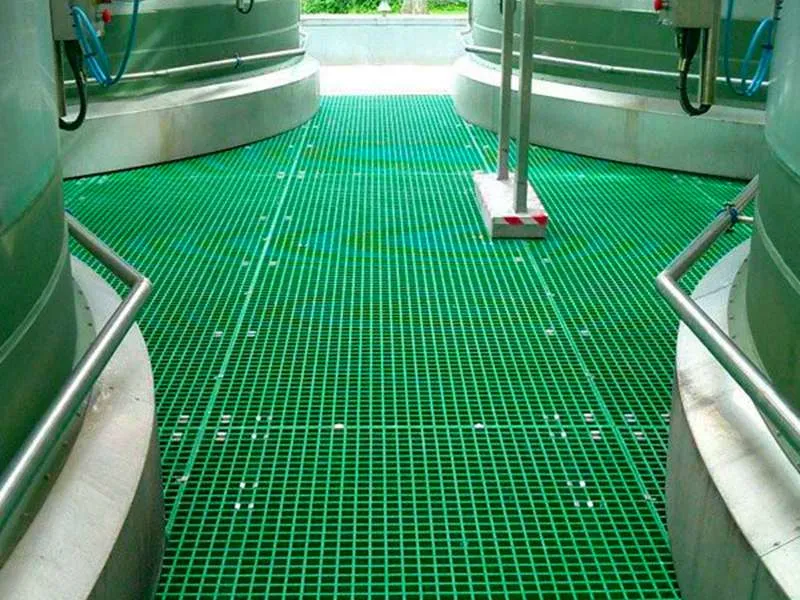
-
 Afrikaans
Afrikaans -
 Albanian
Albanian -
 Amharic
Amharic -
 Arabic
Arabic -
 Armenian
Armenian -
 Azerbaijani
Azerbaijani -
 Basque
Basque -
 Belarusian
Belarusian -
 Bengali
Bengali -
 Bosnian
Bosnian -
 Bulgarian
Bulgarian -
 Catalan
Catalan -
 Cebuano
Cebuano -
 China
China -
 China (Taiwan)
China (Taiwan) -
 Corsican
Corsican -
 Croatian
Croatian -
 Czech
Czech -
 Danish
Danish -
 Dutch
Dutch -
 English
English -
 Esperanto
Esperanto -
 Estonian
Estonian -
 Finnish
Finnish -
 French
French -
 Frisian
Frisian -
 Galician
Galician -
 Georgian
Georgian -
 German
German -
 Greek
Greek -
 Gujarati
Gujarati -
 Haitian Creole
Haitian Creole -
 hausa
hausa -
 hawaiian
hawaiian -
 Hebrew
Hebrew -
 Hindi
Hindi -
 Miao
Miao -
 Hungarian
Hungarian -
 Icelandic
Icelandic -
 igbo
igbo -
 Indonesian
Indonesian -
 irish
irish -
 Italian
Italian -
 Japanese
Japanese -
 Javanese
Javanese -
 Kannada
Kannada -
 kazakh
kazakh -
 Khmer
Khmer -
 Rwandese
Rwandese -
 Korean
Korean -
 Kurdish
Kurdish -
 Kyrgyz
Kyrgyz -
 Lao
Lao -
 Latin
Latin -
 Latvian
Latvian -
 Lithuanian
Lithuanian -
 Luxembourgish
Luxembourgish -
 Macedonian
Macedonian -
 Malgashi
Malgashi -
 Malay
Malay -
 Malayalam
Malayalam -
 Maltese
Maltese -
 Maori
Maori -
 Marathi
Marathi -
 Mongolian
Mongolian -
 Myanmar
Myanmar -
 Nepali
Nepali -
 Norwegian
Norwegian -
 Norwegian
Norwegian -
 Occitan
Occitan -
 Pashto
Pashto -
 Persian
Persian -
 Polish
Polish -
 Portuguese
Portuguese -
 Punjabi
Punjabi -
 Romanian
Romanian -
 Russian
Russian -
 Samoan
Samoan -
 Scottish Gaelic
Scottish Gaelic -
 Serbian
Serbian -
 Sesotho
Sesotho -
 Shona
Shona -
 Sindhi
Sindhi -
 Sinhala
Sinhala -
 Slovak
Slovak -
 Slovenian
Slovenian -
 Somali
Somali -
 Spanish
Spanish -
 Sundanese
Sundanese -
 Swahili
Swahili -
 Swedish
Swedish -
 Tagalog
Tagalog -
 Tajik
Tajik -
 Tamil
Tamil -
 Tatar
Tatar -
 Telugu
Telugu -
 Thai
Thai -
 Turkish
Turkish -
 Turkmen
Turkmen -
 Ukrainian
Ukrainian -
 Urdu
Urdu -
 Uighur
Uighur -
 Uzbek
Uzbek -
 Vietnamese
Vietnamese -
 Welsh
Welsh -
 Bantu
Bantu -
 Yiddish
Yiddish -
 Yoruba
Yoruba -
 Zulu
Zulu
fiberglass weir
Exploring the Advantages of Fiberglass Weirs in Water Management
Water management is a critical aspect of environmental engineering and civil infrastructure development. Various structures are utilized for regulating water flow, preventing floods, and contributing to effective water resource management. Among these structures, weirs play a significant role in controlling water levels and maintaining ecological balance. In recent years, fiberglass has emerged as a preferred material for constructing weirs due to its numerous advantages. This article delves into the benefits of fiberglass weirs, highlighting why they are becoming increasingly popular in water management applications.
What is a Weir?
A weir is a barrier built across an open channel to regulate water flow. It can be a simple structure, such as a small dam, or a more complex design, like an automated control system that adjusts flow based on external conditions. Weirs are essential in various applications including irrigation, flood control, and research measurements. The construction material used for weirs significantly affects their performance, durability, and maintenance requirements.
Why Choose Fiberglass?
1. Durability and Longevity
One of the standout features of fiberglass is its remarkable durability. Unlike traditional materials such as wood or steel, fiberglass does not corrode or degrade when exposed to water and varying weather conditions. This makes fiberglass weirs an excellent choice for long-term installations, as they can withstand harsh environments without needing frequent repairs or replacements. The lifespan of a fiberglass weir can exceed several decades, providing a cost-effective solution over time.
2. Lightweight and Easy to Install
Fiberglass is significantly lighter than concrete or metal, making it easier to transport and install. This reduces labor costs and simplifies the construction process. The lightweight nature of fiberglass allows for quicker project timelines, as less heavy equipment is required for handling and installation. In remote or challenging locations, this advantage becomes even more pertinent, as it minimizes logistical challenges.
3. Corrosion Resistance
fiberglass weir

Water bodies often contain various chemicals and pollutants that can lead to the corrosion of traditional construction materials. Fiberglass is inherently resistant to corrosion, which extends the lifespan of the weir and maintains its structural integrity. This property is particularly vital in environments where chemical exposure is common, ensuring that the weir remains effective over time.
4. Low Maintenance Requirements
Due to its robust nature and resistance to environmental damage, fiberglass weirs require minimal maintenance compared to those made from other materials. This translates to lower operational costs over their lifespan. Routine inspections are generally sufficient to ensure their ongoing effectiveness, further emphasizing their cost-efficient advantages.
5. Customizable Designs
Fiberglass can be molded into various shapes and sizes, allowing for a high degree of customization in design. Engineers can tailor the dimensions and shapes of fiberglass weirs to meet specific hydraulic requirements, ensuring optimal flow regulation. This flexibility facilitates innovative solutions in complex water management scenarios, enhancing the overall functionality of the system.
6. Environmental Compatibility
With an increasing focus on sustainable development, fiberglass weirs offer an ecologically friendly alternative. They can be designed with features that support aquatic life, such as fish passage systems, mitigating the adverse environmental impacts often associated with conventional structures. Furthermore, the production of fiberglass can be managed to adhere to environmental standards, making it a responsible choice for modern infrastructure projects.
Conclusion
In summary, fiberglass weirs present a multitude of benefits that make them an attractive option for water management. Their durability, lightweight nature, corrosion resistance, low maintenance needs, customizable designs, and environmental compatibility position them as a leading choice for engineers and water resource managers. As our understanding of sustainable practices continues to evolve, the adoption of innovative materials like fiberglass will likely play a pivotal role in the development of resilient water management systems. By investing in fiberglass weirs, communities can enhance their ability to manage water resources effectively while minimizing environmental impact.









